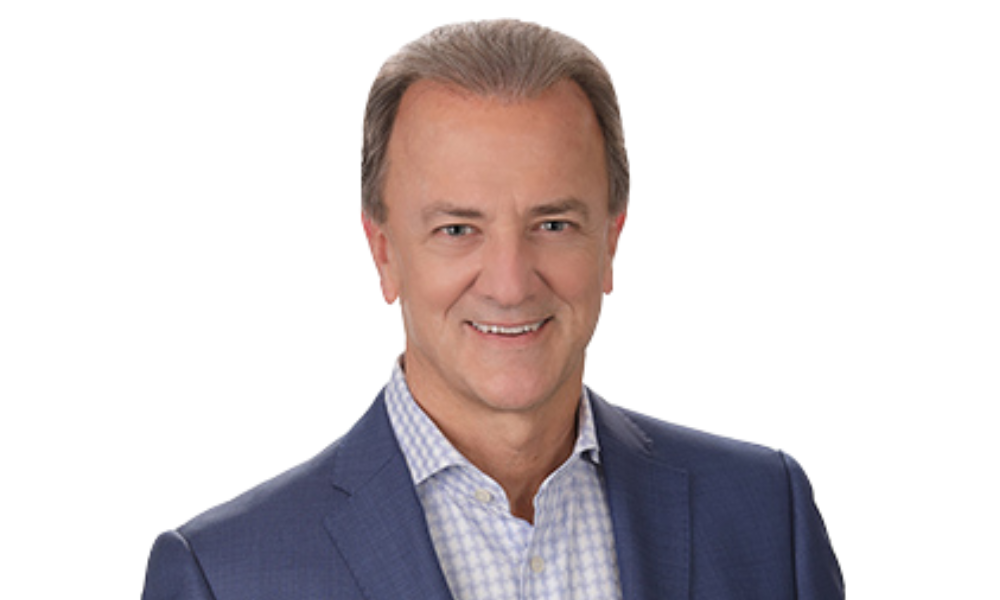Michael Kovacs explains why his firm has launched their first "balanced" ETFs, and why they've added an industrials product

Last week Harvest ETFs launched two new strategies across three new products. The first strategy is a pair of “balanced” ETFs which hold underlying portfolios of equity income and fixed income ETFs. The second strategy is a single sector-specific ETF, focused on industrials.
Michael Kovacs, President & CEO at Harvest ETFs, explained why his firm launched these strategies now. He outlined the reasoning behind the balanced ETFs, what they’re meant to achieve, and why that strategy is a ‘first in Canada.’ He also explained why he believes the industrials sector has come into focus after many years of investor neglect.
Why industrials now?
“Industrials have not been a hot area. Tech has been popular, some travel companies, and healthcare have been popular, but industrials — which represent our core societal needs — were much more popular in the 80s and 90s,” Kovacs says. “Now you’re seeing them come back a little bit, with a lot of big companies and subsectors that fall into the category.”
Kovacs highlights the sheer breadth of companies and sectors that fall into the industrials category. That includes construction companies, aerospace and defense firms, logistics, and conglomerates like General Electric. In keeping with Harvest’s focus on large-cap companies, the Harvest Industrial Leaders Income ETF (HIND) currently holds companies like Union Pacific, Caterpillar, and Lockheed Martin in its portfolio of 20 stocks.
Kovacs notes that many of these businesses haven’t been the headline grabbers that major tech or healthcare firms have been in recent years. They tend to function in the background, but they have steady cashflow and consistent returns profiles, which Kovacs say many advisors are asking for in a market still plagued by volatility.
Like many of Harvest’s other equity ETFs, HIND includes an income component generated through stock dividends and the sale of covered call options. Kovacs says that the ETF is targeting a roughly seven per cent annualized yield. While Kovacs thinks the income component is a core aspect of the ETF, he emphasizes the nature of industrials as a potentially appealing exposure for advisors and their clients.
“These are businesses used in our daily lives, from passenger ground transportation, to airlines, to logistics,” Kovacs says. “Industrials as a sector has flown under the radar, but it’s been part of our lives just as much as technology has.”
What makes a balanced strategy?
“Balanced funds are the biggest category in the mutual fund industry and they’re just starting to catch on in the ETF business,” Kovacs says. “But one thing that’s different here is that we will use our options strategy throughout these portfolios, so we’re going to have a base yield on these balanced funds of around eight per cent.”
Kovacs contrasts that yield — generated through a combination of dividends, coupon income, and the application of an active covered call strategy — with the typical yield on a balanced fund, which often sits around two per cent.
The two ETFs are called the Harvest Balanced Income & Growth ETF (HBIG) and the Harvest Balanced Income & Growth Enhanced ETF (HBIE). The core different between the two is that HBIE also adds a leverage component of approximately 25 per cent, to increase the yield on the ETF. That increased yield comes with higher upside potential and higher risk, as is typical for levered investing.
Both new ETFs mostly hold other Harvest ETFs in their portfolios, including Harvest’s Healthcare, Technology, Canadian, Utilities, and Energy equity income ETFs, as well as Harvest’s three fixed income ETFs. They also hold two externally managed fixed income ETFs, one from BMO and one from iShares.
What Kovacs says makes these ETFs a first in Canada is the income component in these ETFs underlying holdings. All of the Harvest equity ETFs held in these portfolios pay an income distribution generated through the sale of covered call options. Two of the fixed income ETFs these products hold also use covered calls, while the other three pay traditional fixed income. Kovacs believes that an income-focused product with a broadly 60/40 equity/fixed income asset allocation can help advisors and their clients now.
“It’s like an asset allocation model where you don’t have to worry about making changes to portfolios,” Kovacs says. “This does that for them with the 60/40 split.”



